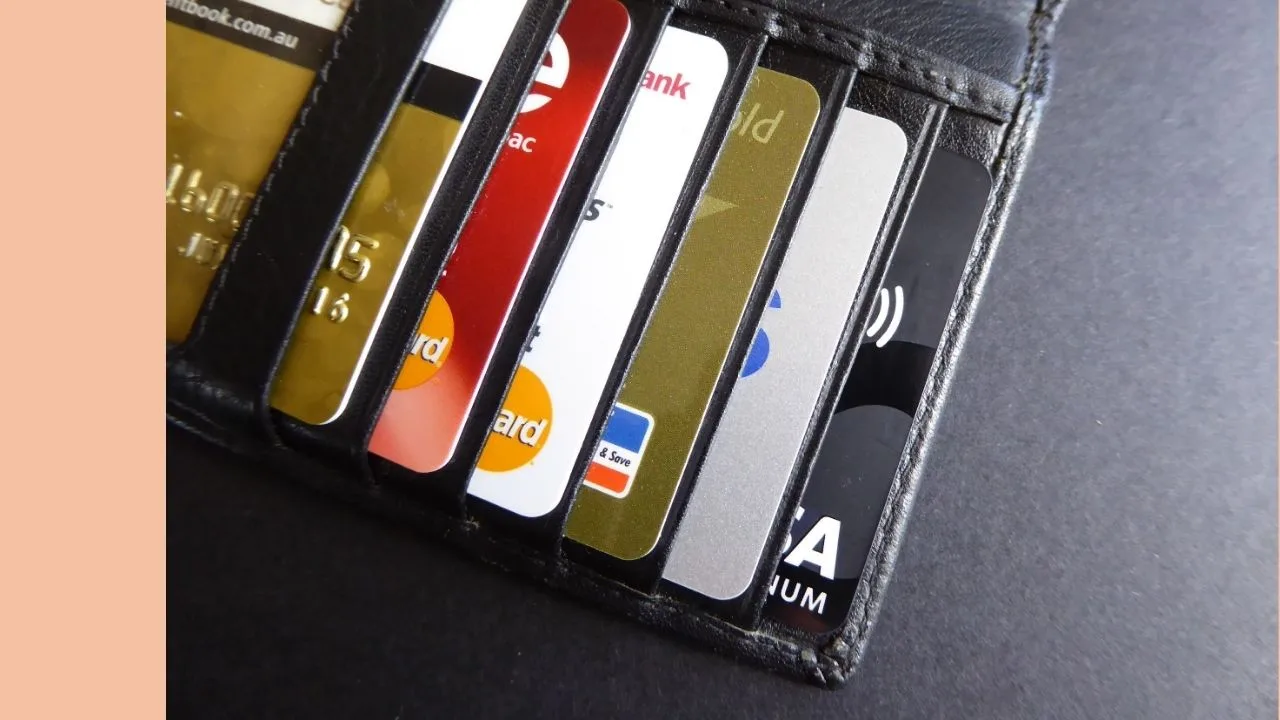The Rio Tinto Limited (ASX: RIO) share price is in the spotlight after reporting its FY22 half-year result.
Rio Tinto is a global mining business with exposure to a few different resources including iron ore and copper.
Rio Tinto’s HY22 result
The ASX mining share reported a set of numbers that showed strong growth compared to HY20, but a drop of 20% to 30% for most of its financial measures compared to HY21.
The below numbers are compared to HY21:
- Revenue dropped 10% to US$29.8 billion
- Net operating cashflow was down 23% to US$10.47 billion
- Free cashflow fell by 30% to US$7.15 billion
- Underlying EBITDA (EBITDA explained) fell 26% to US$15.6 billion
- Net profit after tax fell 28% to US$8.9 billion
- Ordinary dividend down 29% to US$2.67 per share
- No special dividend (in HY21 it was US$1.85 per share)
What happened?
Rio Tinto explained that production was largely flat compared to last year. Market conditions were “good”, but below last year’s record levels. In other words, commodity prices were solid but lower than last year.
The miner also said that the market environment became more challenging at the end of the period.
Rio Tinto said that Oyu Tolgoi (a big copper mine in Mongolia) has started underground mining. It delivered its first iron ore from Gudai-Darri (a new iron ore mine which will replace some iron production). The miner has also approved early works funding at the Rincon lithium project.
The interim dividend was the second highest ever, with a 50% dividend payout ratio.
FY22 thoughts and guidance
Rio Tinto said that it expects its share of capital investment to be around $7.5 billion in 2022, down from $8 billion. In 2022 and 2023, this is expected to be between $9 billion to $10 billion. That includes the ambition to invest up to $3 billion in growth per year.
In 2022, it expects Pilbara iron ore unit cash costs to be between $19.5 to $21 per tonne. Pilbara iron ore shipments in 2022 are expected to be between 320mt to 335mt, subject to weather and market conditions, as well as ramping-up of Gudai-Darri and Robe Valley, availability of workers and management of ‘cultural heritage’.
Copper C1 unit costs are expected to be between US$1.30 to US$1.50 per pound.
Final thoughts on the Rio Tinto share price
As expected, it was still a large dividend from Rio Tinto. Iron ore is still the key profit generator, which is coming under pressure. However, it’s good to see that aluminium, copper and lithium could help in the future.
The London-listed shares of Rio Tinto are down 3.6% at the time of writing. I think this lower price is attractive for the longer-term, as long as China keeps buying iron ore in sufficient quantities. I’m not expecting the next five years to be as good as the last five years for iron ore. But, Rio Tinto has useful diversification in other commodities.






